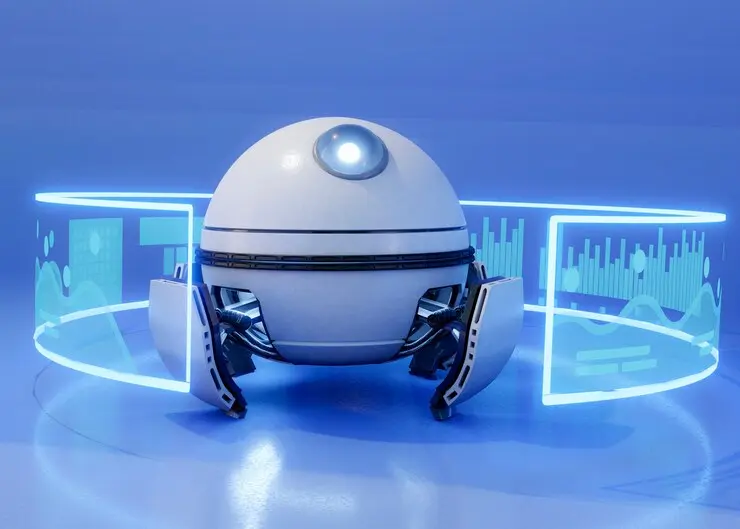Introduction
Artificial Intelligence (AI) has been the subject of fascination and curiosity for as long as we’ve had computers. Yet, its origins are far humbler than the sci-fi-driven imagination we often associate with it. The objective of this blog post is to take you on a journey through the evolution of AI—from its initial theories and algorithms to the mind-bending applications we see today.
Section 1: The Dawn of AI (1950s)
The Turing Test and Its Significance
One of the most foundational moments in the history of AI was the introduction of the Turing Test by Alan Turing in 1950. This test was designed to determine if a machine could exhibit intelligent behavior indistinguishable from a human. Though we’ve moved beyond this basic criterion today, the Turing Test was groundbreaking in that it provided a measurable yardstick for machine intelligence.
Foundational Theories and Algorithms
The 1950s also saw the laying down of the basic theories and algorithms that would serve as the backbone for AI research. Terms like “machine learning” and “neural networks” were conceptualized, albeit in a rudimentary form.
Early Pioneers
Besides Alan Turing, other key players like John McCarthy, who coined the term “Artificial Intelligence,” and Marvin Minsky, who established the MIT Artificial Intelligence Lab, were instrumental in shaping this field.
Section 2: The AI Winter and Resurgence (1960s-1980s)
The AI Winter
AI’s journey hasn’t been a smooth one. During the late 1960s through the 1980s, the field went through several “AI Winters”—periods marked by reduced funding and interest, mainly due to overpromised capabilities and underwhelming practical applications.
Resurgence of AI
Fortunately, these dormant periods didn’t last forever. As technology advanced, computational power increased, allowing for renewed investment and interest in AI research and development.
Section 3: The Era of Machine Learning (1990s-2000s)
The late 20th century brought about an era of renewed excitement in AI, predominantly driven by advancements in machine learning. Techniques like neural networks, decision trees, and support vector machines came into play.
Key Breakthroughs
Perhaps one of the most iconic moments was in 1997, when IBM’s Deep Blue defeated reigning world chess champion, Garry Kasparov. This was a landmark event that served as a testament to the advances made in AI.
Section 4: AI in the Modern Day (2010s-Present)
Today, AI has moved far beyond simple machine learning algorithms. Advancements like deep learning, reinforcement learning, and natural language processing (NLP) have propelled AI into a plethora of applications, from self-driving cars to real-time language translation.
Modern Applications
In our day-to-day lives, we now interact with AI-driven systems regularly—be it through voice assistants like Siri or Alexa, predictive text features, or personalized recommendations on streaming services.
Section 5: Ethical Considerations
As AI continues to advance, it’s crucial to address the ethical challenges it presents. Issues like data privacy, job displacement due to automation, and the ethical considerations surrounding decision-making algorithms are increasingly relevant.
Conclusion
The journey of AI from its conceptual infancy in the 1950s to the integral role it plays in our modern world is nothing short of fascinating. As we look towards the future, the possibilities seem endless, from AI in healthcare and education to ethical, transparent AI systems that improve our daily lives. The evolution of AI is far from over; in fact, it’s just getting started.
Explore the rest of our website Tech Glints, intriguing articles await you! Interested in contributing? Simply click the contact button at the top right. Thank you!
